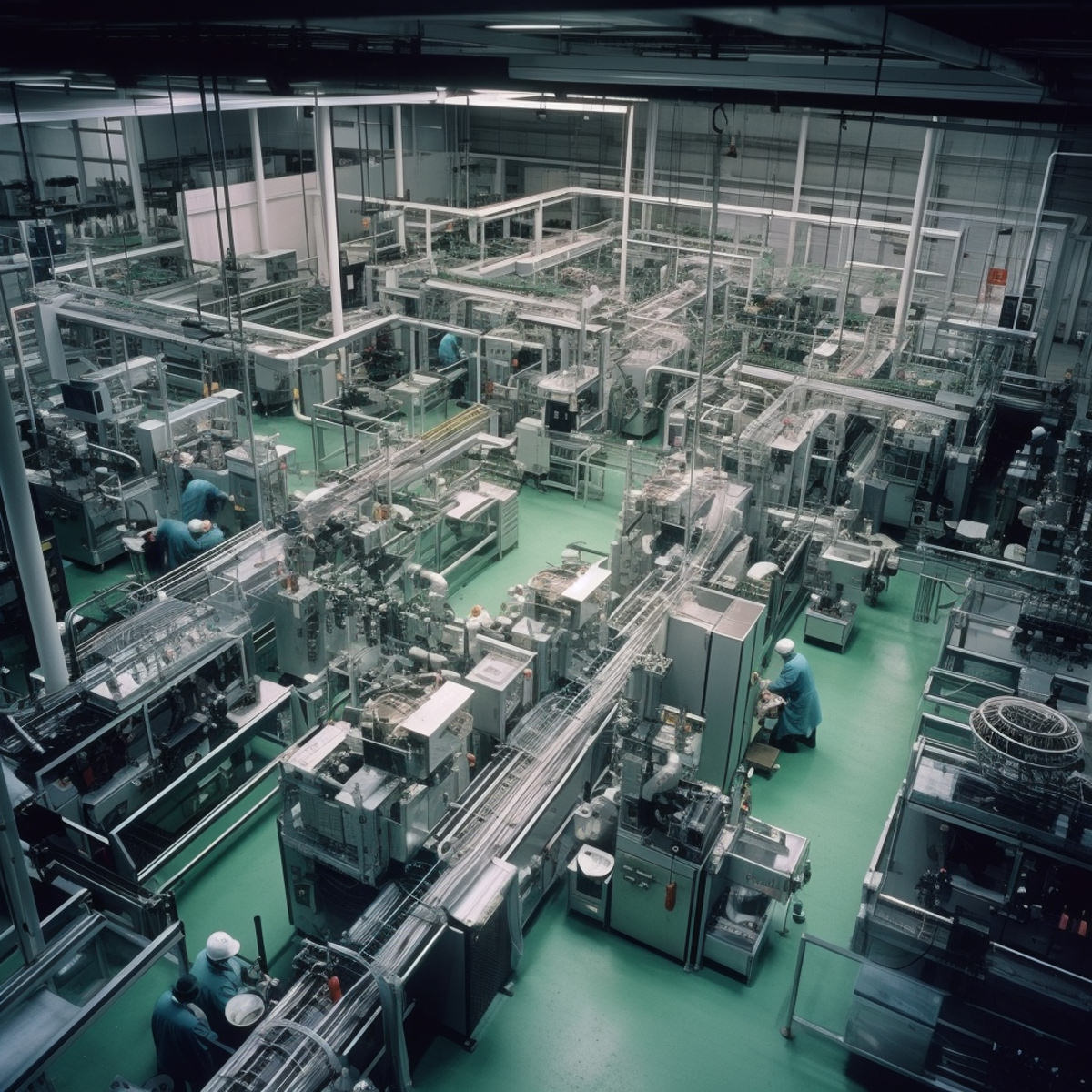Catalyst: Work
Declining birth rates in developed economies are leading to aging and shrinking populations on a sustained basis for the first time since the Black Death in the 14th century.
This impacts consumption patterns and service requirements, and skews social systems based on having many workers available to support each retiree.
Machine learning and AI technologies are nearing an inflection point, which allows software and robotics to replace workers in more advanced roles than ever before.
The convergence of these factors will impact all developed-world citizens, companies who employ people and sell goods, and governments at all levels.











